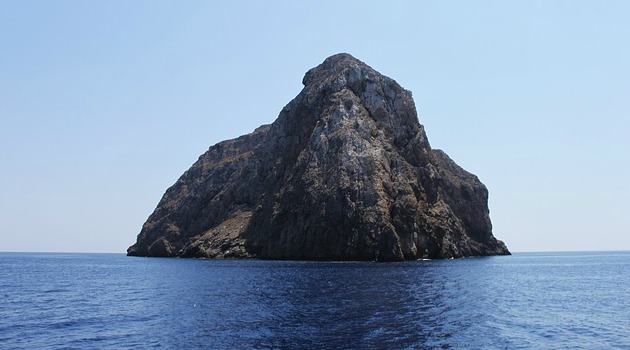
The discovery will help researchers understand the original formation of Earth and the solar system.
Scientists have discovered rock formations dating back to the formation of Earth nearly 4.5 billion years ago.
The researchers from the University of Quebec at Montreal, the University of Maryland, the Carnegie Institution for Science, the University of California-Davis, McGill University and the University of California-Santa Barbara, made the discovery in the Earth’s mantle between the crust and the core and describe them as Earth’s “birthmarks”.
The original formation of Earth, caused by the sun melting and creating two layers together with a series of collisions with other bodies, was thought to have resulted in materials mixing within the mantle and forming a consistent layer of rock. However, scientists have found that rock formation from the primitive mantle continued to exist until at least 2.8 billion years ago.
The team examined radioactive isotopes which are present in tungsten-182 – a material created from the radioactive decay of hafnium-182 and was present when our solar system formed.
“This demonstrates that some remnants of the early Earth’s interior, the composition of which was determined by the planet’s formation processes, still exist today,” explained lead author Hanika Rizo, from the University of Quebec at Montreal.
“The survival of this material would not be expected given the degree to which plate tectonics has mixed and homogenized the planet’s interior over the past 4.5 billion years, so these findings are a wonderful surprise.”
The latest discovery will help researchers understand the processes the Earth underwent in the formation of the planet and its internal kinetics by searching other areas containing high amounts of tungsten-182.

Where is it